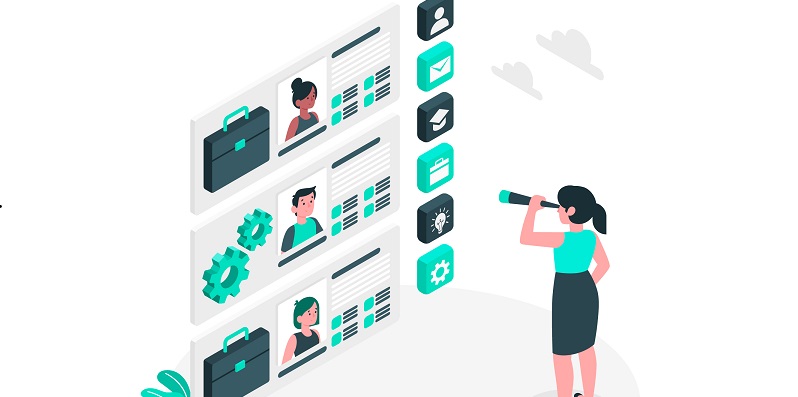In today’s fast-paced and ever-evolving business landscape, organizations must embrace technology to drive not only high performance but also holistic well-being. Traditional performance management technology, which solely focuses on performance appraisal, misses a crucial opportunity to support compensation, learning, and succession planning initiatives. This article explores the importance of adopting a holistic approach to performance management technology, addressing the limitations of siloed thinking, and highlighting the potential benefits of integrating various components for organizational success.
Siloed Thinking in Performance Management
In many organizations, performance management is compartmentalized into separate processes, with each department or team focusing on its own objectives. This siloed approach limits collaboration and inhibits a comprehensive understanding of organizational performance as a whole. The design of performance management software often promotes siloed thinking. These tools are often developed to handle specific aspects of performance, neglecting the need for a holistic perspective. As a result, HR leaders are forced to juggle multiple disconnected platforms and struggle to gain a unified view of employee performance.
Holistic Thinking in Performance Solutions
While some performance solutions acknowledge the importance of holistic thinking, they generally require manual efforts to achieve it. This manual intervention can be time-consuming and prone to error, hindering the potential benefits of a truly holistic approach. To achieve a holistic perspective, organizations must manually integrate various performance-related components, such as compensation, learning, and succession planning. This approach is burdensome and lacks the efficiency and accuracy that can be accomplished through integrated technology solutions.
Tying Compensation to Performance
Performance management technology that aligns compensation with individual performance plays a crucial role in ensuring fairness and transparency within an organization. By objectively assessing performance data, technology can identify inequities and potential bias in manager evaluations, offering insights for improvement. Well-designed performance technology links compensation to the organization’s philosophy, supporting a transparent approach to rewards based on objective performance data. This not only motivates employees but also enhances trust and credibility within the organization.
Interface between performance tools and L&D platforms
The integration of performance management technology with learning and development (L&D) platforms is essential for employees’ continuous growth and improvement. Best-in-class performance tools interface seamlessly with L&D platforms, enabling employees to acquire new skills or enhance existing ones directly related to their performance objectives. By aligning learning opportunities with performance objectives, organizations can foster a culture of continuous learning and development. By integrating performance management technology with L&D platforms, employees gain access to personalized learning experiences that enhance their skills and contribute to overall organizational success.
Succession Planning and Technology
Succession planning technology plays a vital role in identifying and nurturing the next generation of leaders within an organization. By tracking key metrics related to performance, potential, and leadership competencies, technology enables HR leaders to identify high-potential employees worthy of advancement. Despite the emphasis on rewards and recognition, few performance management solutions effectively connect the dots between performance and succession planning. This disconnect is ironic since performance is a crucial factor in determining an individual’s readiness for future leadership roles.
Integrating Performance Components
To break down performance management silos, organizations leverage Application Programming Interfaces (APIs) and Single Sign-On (SSO) technology to integrate various performance components. This integration facilitates a seamless data flow, eliminating the need for manual input and ensuring a unified view of performance metrics.
Integration with Enterprise Platforms
Organizations also integrate performance management technology with enterprise platforms, such as HRIS or ERP systems. This integration further enhances the efficiency and accuracy of performance management processes, streamlining access to critical employee data and contributing to holistic decision-making.
When designed with a holistic mindset, performance management technology becomes a central tool that drives overall organizational well-being. By going beyond traditional performance appraisal and leveraging the potential of technology, organizations can unlock the full potential of compensation, learning and development, and succession planning initiatives. Embracing integrated performance management technology enables organizations to foster a culture of continuous improvement, align individual goals with organizational objectives, and build a robust pipeline of future leaders. It is time for HR leaders to transcend siloed thinking and fully leverage the power of holistic performance management technology to maximize organizational well-being and success.

